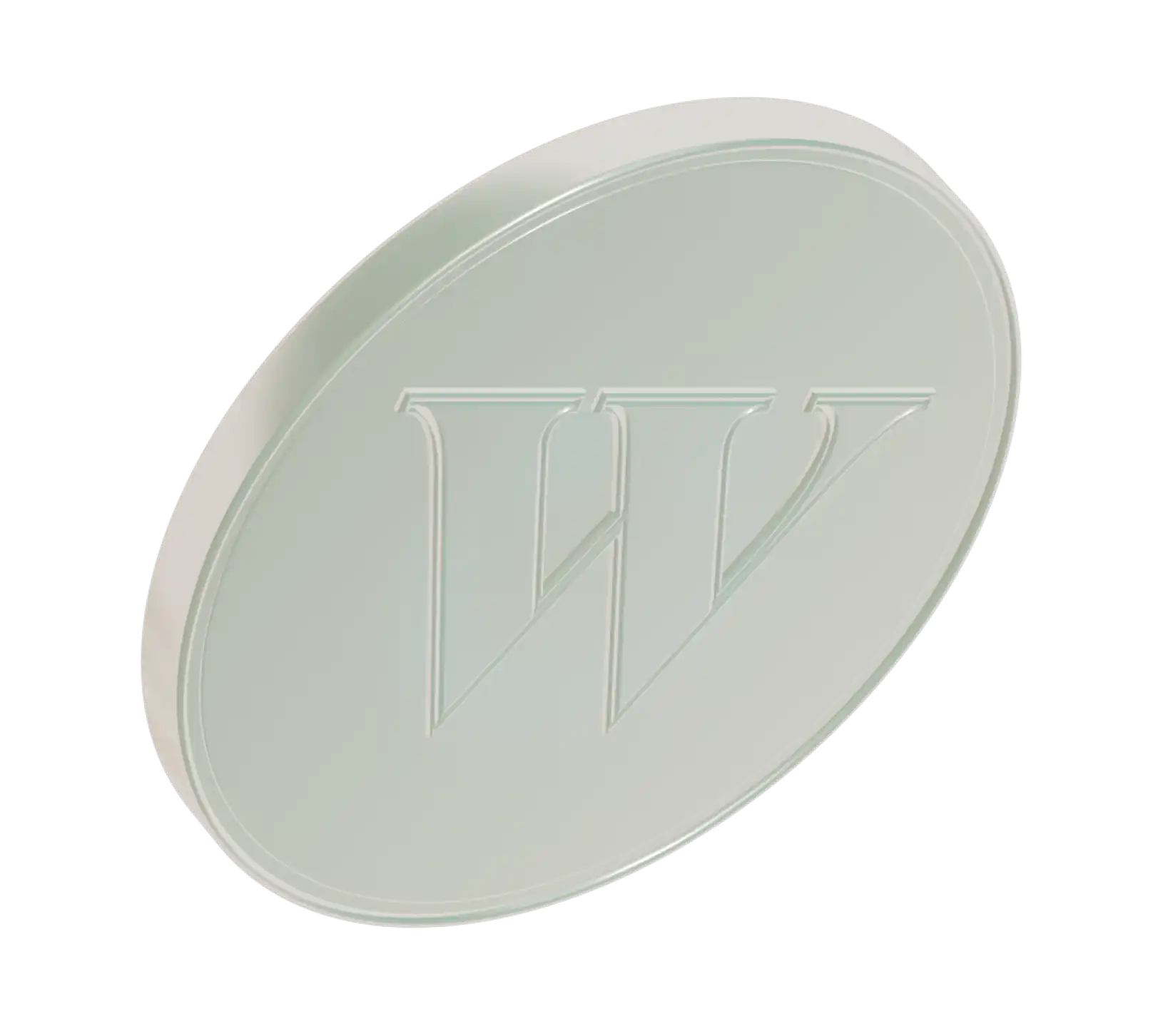When a big, buzzy company has its IPO, the event can dominate financial and business news. But what is this momentous occasion? How does it affect the market? And how can you get involved?
What is an Initial Public Offering (IPO)?
An IPO is the first time a privately held company sells shares to outside investors on a stock exchange. Investors can purchase and trade those shares at will, and the company can no longer control who owns stock.
Why do companies go public? Because it allows stockholders (venture capitalists and/or longtime employees, for instance) to see a return on their investment, and because it’s a powerful way to raise money quickly. The company uses that cash to invest in development, pay off debt, or launch new products. In exchange for funding, traders like you get to own a portion of the company and sell those shares when they (hopefully) increase in value.
An IPO also represents a dramatic shift in the way the company operates. Since it’s no longer a private company, it’s obligated to publish quarterly and annual financial reports so traders know what they’re buying. The company also must give shareholders voting power on some decisions, like who sits on the board of directors.
While IPOs are attractive opportunities to buy shares of hot companies, keep in mind that many trendy IPOs lose stock value on their first day of trading. Facebook, for example, lost value immediately and took more than a year to trade above its IPO price.
How Does an IPO Work?
Acme Inc. wants to go public. They first select an investment bank to walk them through the IPO process. Applicant banks submit bids that outline how much money they’ll raise and how much they’ll charge in fees (usually three to seven percent of the IPO’s total sales price). This process begins about six months to a year before IPO day.
Ultimately, Acme decides to use Globex Bank. Globex doesn’t offer the lowest fees, but they have a reputation of raising the most capital and diversifying risk by selling to a large number of people (rather than a few big buyers).
Globex begins a process called underwriting. This process details the amount of money to be raised, the type of securities Acme will issue, and all fees. Underwriting ensures the success of the IPO. This is similar to how your mortgage bank underwrites your mortgage to make sure it’s a good deal for you and the bank.
Over the next few months, Globex pores over Acme’s financials. They look for ways to sell or write off unprofitable assets to raise the company’s worth as much as possible. Sometimes they hire new managers or directors who have experience running public companies.
Next, Globex files for an IPO with the Securities and Exchange Commission. (If Acme were a UK company, they would file with the Financial Services Authority. If they were Canadian, they would file with their provincial securities regulators.) This “S1” filing includes financial statements, outlines who owns stock before the IPO, and describes the Acme’s management, legal challenges, competition, business model, and how the company is run.
Once the security regulators approve the offering and sets a date for the IPO, Acme and Globex put on a “road show,” presenting the IPO to various interested parties around the country and possibly around the world. They present the company’s financial information and asking price to prospective buyers. Investors submit bids indicating how many shares they want. During this period, Acme also writes new contracts for vendors, completes more financial statements for regulators, and joins the stock exchange.
While meetings with investors are confidential, companies like Acme rarely keep their IPO plans secret. It’s not like massive companies appear suddenly on the stock exchange one day. In fact, it’s usually in their best interest to create as much hype and drama around the process to boost the IPO price.
Investors file their orders to occur the moment the exchange opens on IPO day. The price they pay depends on a lot of factors, like the value of the company and the condition of the market.
After IPO day comes a period of stabilization. Acme doesn’t want its stock to fall below IPO price because that would look bad. To prevent this, Acme gave Globex an overallotment option, which is the ability to sell or short up to 15% more shares than originally planned. If demand looks weak, Globex can buy back some shares at a lower price. The goal here is to reduce the supply, thus raising the demand.
About a month after IPO day, Globex files estimates of Acme’s earnings. Six months later, IPO investors are given permission to trade their shares.
When Can a Company File for an IPO?
There’s no one-size-fits-all metric that defines when a company can file for an IPO. Some companies exist for decades before filing. Others file as soon as they can.
So when does a company file for an IPO? Generally, when it reaches a size where it can no longer get funding from angel investors, venture capital, or private investors. Offering stock to the public gives them an influx of cash to fuel more growth.
But it takes time to reach this point. The company needs to establish a solid market position to attract investors and meet the securities regulators’ qualifications. Regulators want companies to go public to stimulate investment, but they don’t want volatile companies causing people to lose money.
IPOs are also opportunities for prior investors (from when the company was private) to get paid. Once the company goes public, they can sell their shares on the open market. Presumably those shares are worth more than they paid for them. So there could be significant pressure from early investors to go public quickly.
Here are some more signs that a private company is ready to file for an IPO:
The company can afford the IPO process. There are lots of expenses that need to be covered before the company collects investment from public investors.
The company has predictable revenue. The market does not like companies who miss their earnings or who can’t predict what those earnings might be.
The company has growth potential. After all, everyone wants their investment to grow.
The company has strong management with experience running public companies. Leadership quality is critical to investors.
The company has little debt. People won’t pay much for companies saddled with too much debt.
The company is a major player in its industry. Investors will scrutinize the company against its competitors.
The company has a clear five-year business plan (including financials) so investors know what’s in store.
How to Buy IPO Stock
With most stocks, you can simply place an order with your broker and collect your shares. IPO stock, however, is pre-sold to handpicked investors. Orders are already filed before the bell rings on IPO day. This means that IPO stock is inaccessible to most people without special access. There are only four methods of getting your hands on shares of that company who just filed for IPO.
1. Work with an Online Brokerage Who Receives Shares
Some online brokerages are allocated shares from an investment bank to sell to its members. But just because your brokerage has shares doesn’t mean it will sell them to you. It might sell those shares to its highest value clients. Check with your brokerage if you’re interested in a particular IPO stock.
2. Work with an Investment Bank
If you’re often interested in IPO stocks, build a relationship with an investment bank. The majority of shares they acquire will go directly to their customers.
You don’t have to work directly with the original underwriting investment bank. The big players will all get a piece of the IPO. But you’ll pay higher fees and commissions on your investments than you would with an online robo-advisor like Wealthsimple.
3. Find a Mutual Fund with IPO Shares
Some mutual funds are sold IPO stock. Even though the fund technically owns the IPO stock, you’re still invested in the company if you buy shares in that fund. The caveat here is that you’ll also be invested in everything else the fund owns.
4. Wait and Purchase IPO Stocks Like Any Other
You don’t need to own a stock as soon as it’s available. In fact, it’s often smarter to wait until the hype dies down and a stock stabilizes. When Uber went public, its shares fell 7% on the first day of trading. You would have lost money instantly if you bought IPO shares. Give the stock some time to stabilize to make sure you aren’t paying a premium.
If all this talk about IPOs has you eager to get started investing, now might be a good time to join Wealthsimple. We offer state of the art technology, low fees and the kind of personalized, friendly service you might have not thought imaginable from an automated investing service. Get started investing in a matter of minutes.



